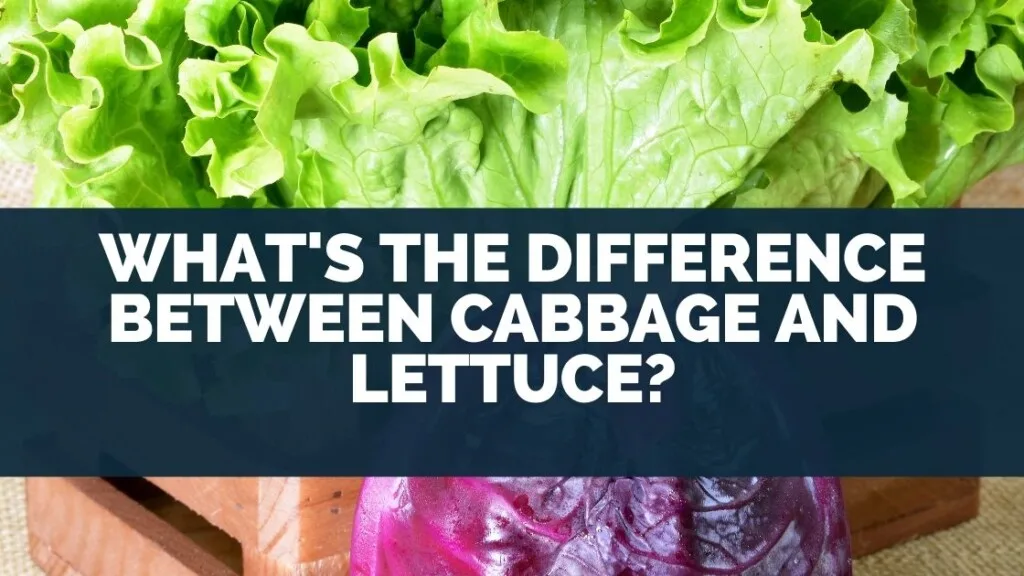
Do you know the difference between cabbage and lettuce?
They may seem similar, but there are some significant differences.
In this blog post, we’ll take a closer look at these two veggies and explore the Henrique benefits. Stay tuned to learn more!
Cabbage and lettuce are two distinct types of veggies.
They also have varied nutritional profiles, tastes, textures, and culinary applications.
This article covers the distinctions between cabbage and lettuce and their nutritious value and health advantages.
Table of Contents
What is Cabbage?

Cabbage is a healthy, leafy vegetable found in many dishes. Cauliflower and broccoli are part of the same plant family as brassicas such as brussels sprouts or kale; they’re cruciferous veggies!
You may enjoy steamed cabbage with your favorite soup (or even pickled).
Or for an added boost from those awesomely cheesy flavors we know so well here at home–but don’t stop there: sautéing it up will give you more than just satisfaction. You’ll also get essential vitamins like B6 and beta carotene without having to turn on any lights during dinner time.
What is Lettuce?
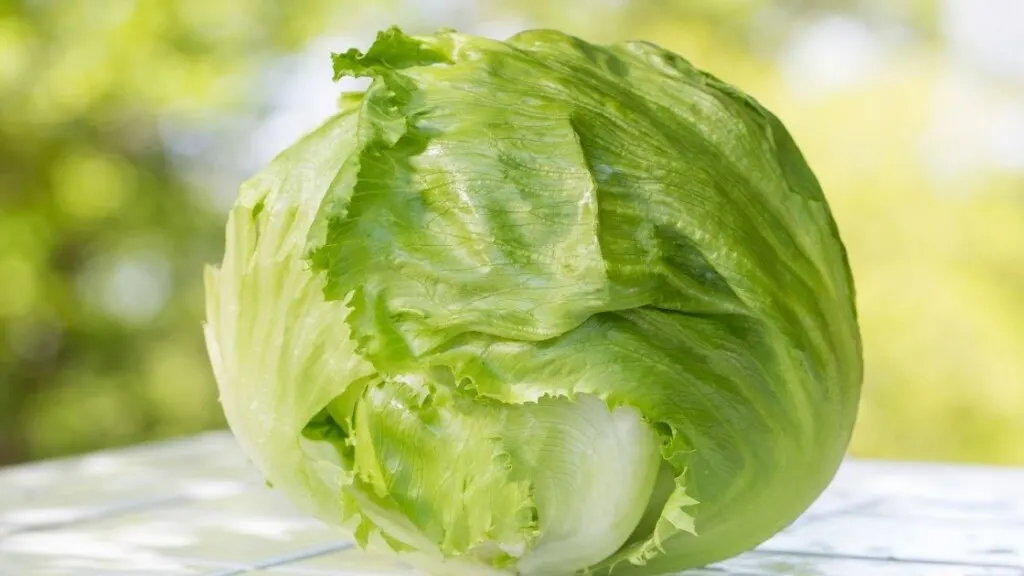
Lettuce is a part of the Asteraceae family. There are many types of lettuce: Romaine or iceberg/crisphead; there are also red leaf and butterhead types for those who love their salads!
You can use this as a base to make delicious sandwiches with it – add meat (or seafood) into your favorite dressing on top after mixing carefully so you don’t damage any internal cells.
What is the Difference Between Cabbage and Lettuce
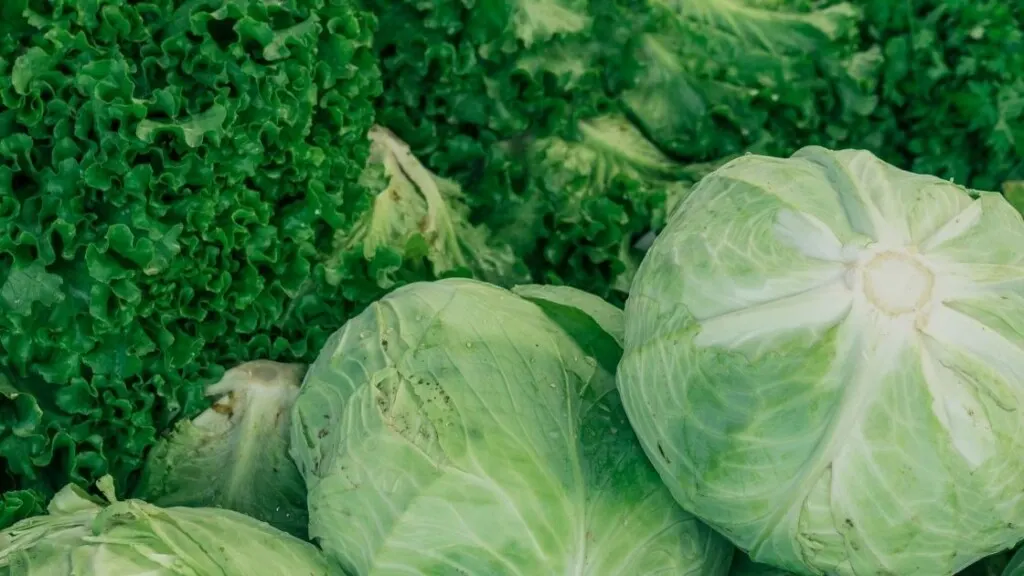
Both Lettuce and Cabbage are types of cruciferous vegetables.
These two veggies belong to the same plant family.
They belong to Brassicales, including kale, cabbage, broccoli, cauliflower, radishes, turnips, etc.
Cabbage Vs. Lettuce
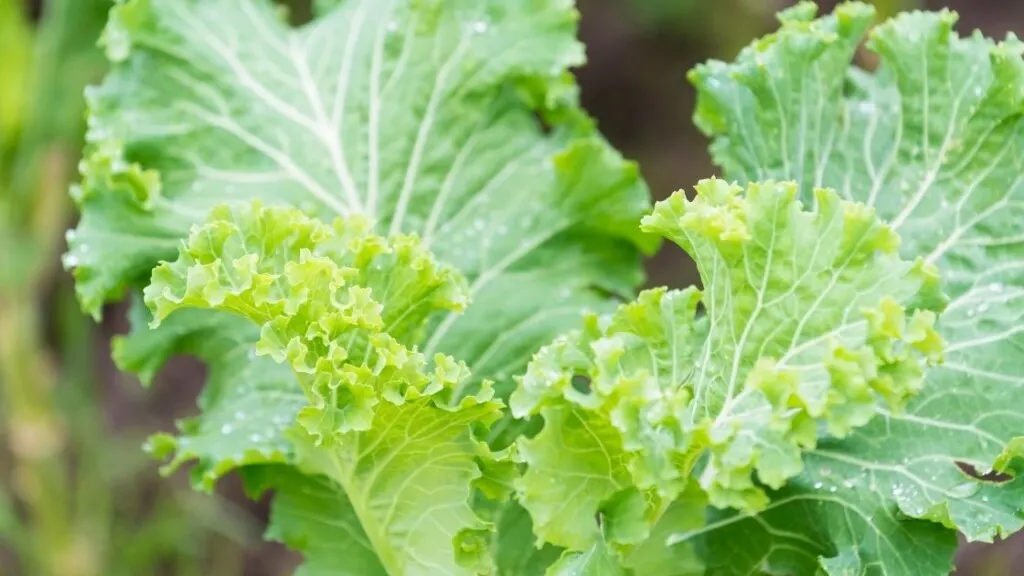
Season
Cabbage is a cool-season crop. It can be planted in early spring or late summer/early fall in most areas of the United States.
On the other hand, lettuce is a warm-season crop best planted in the spring and early summer.
Appearance
Cabbage is a cruciferous vegetable and has white or purple heads. It can be eaten raw or cooked.
Lettuce is also a cruciferous vegetable, but it has green leaves. Lettuce can be eaten raw or cooked, but it is most commonly used in salads.
Nutritions
Both Lettuce and Cabbage are vegetables that are used in salads. They are both low in calories and fat and are a good source of fiber.
Cabbage is also a good source of vitamins C and K, while lettuce is a good source of folate and vitamins A and K. They are both available year-round.
Taste and the Usage
Lettuce, which contains more water, has a milder flavor and no scent, whereas cabbages have a more pungent taste and odor. Cabbage is usually prepared in boiled or steamed form, whereas lettuce is typically eaten raw.
Fats and Protein
The protein content of cabbage and lettuce is nearly the same (1.4g per 100g for lettuce vs. 1.3g per 100g for cabbage). Lettuce has more protein in each 100g, with 1.36 grams; meanwhile, the cabbage contains 0.09g, which is less protein per 100g.
These veggies have comparable amounts of fat. There is only 0.05 grams more fat in lettuce than in cabbage per 100 grams.
The most common fat type in lettuce is polyunsaturated fatty acids. On the other hand, lettuce has only 0.15 grams of fats per 100 grams.
Amount of Vitamins
Lettuce greens are high in vitamin A, over fifty times more plentiful than cabbages. Lettuces also have a higher content of vitamins K, E, B1, and B2. Romaine lettuce has enough of both vitamins K and A in 100 grams.
Meanwhile, Cauliflower is higher in vitamin C (four times more) and B5, B6, and folate or vitamin B9. Vitamin C is present in 100g of cabbage at 41% of the recommended daily allowance.
The Acidity
Lettuce and cabbage have changeable acidity, depending on the cultivars and the weather. Lettuce and cabbage are somewhat acidic vegetables.
The pH levels of the types of lettuce vary widely, with the most common being 5.91 to 6.20. Compared to summer-grown lettuce, the lettuce that grows in winter has a shallow pH value.
However, the pH value for cabbage is generally 5.20 to 6.81, with green cabbages having a pH of 5.51 to 6.75.
Even when these vegetables are lightly acidic, they don’t produce acid. According, Meanwhile the PRAL “the potential renal acid load” report, lettuce is alkaline-forming. The potential renal acid load of cabbage shows the ability of cabbage to produce bases or acids inside your body.
Benefits in Losing Weight
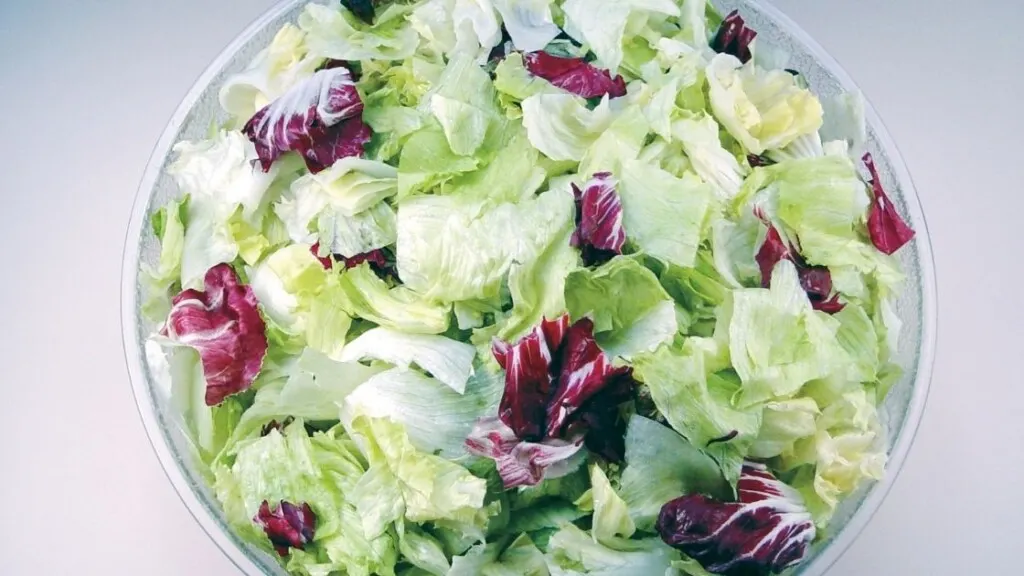
Veggies are commonly used in weight-loss regimens. Cabbage and lettuce, like other vegetables, consists of very-low-calorie and are high in dietary fiber. However, Cabbage has more calories and contains almost twice the dietary fiber than lettuce.
Increased vegetable consumption helps prevent long-term weight gain and provides even more food-specific guidance for avoiding obesity, a significant risk factor for type 2 diabetes, cardiovascular diseases, cancers, and other illnesses.
These veggies have been a component of the traditional low-carb diet since the late 18th century, and they continue to be important in such diets.
Red cabbage has been investigated to reduce pancreatic enzymes, fat and sugar absorption from the stomach, and blood glucose levels after high-starch meals.
Key Points About Difference Between Cabbage and Lettuce
I hope this blog post has been as informative and exciting for you to read as it was for me to write.
Hopefully, now that we know the difference between cabbage and lettuce, you’ll be able to make an informed decision on which one is best suited for your needs! And if all of these benefits haven’t convinced you yet – they’re both great for weight loss!
So go ahead, enjoy a healthy salad with some tasty toppings without any guilt (or worry about what’s in your bowl). You’ve got nothing left but good things waiting.

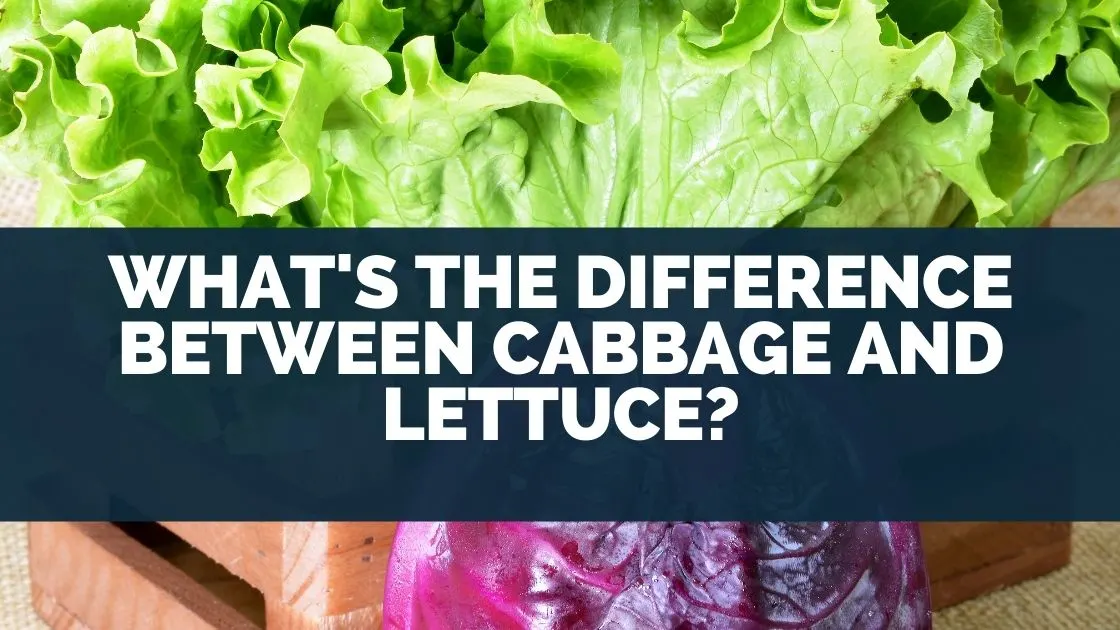
Leave a comment